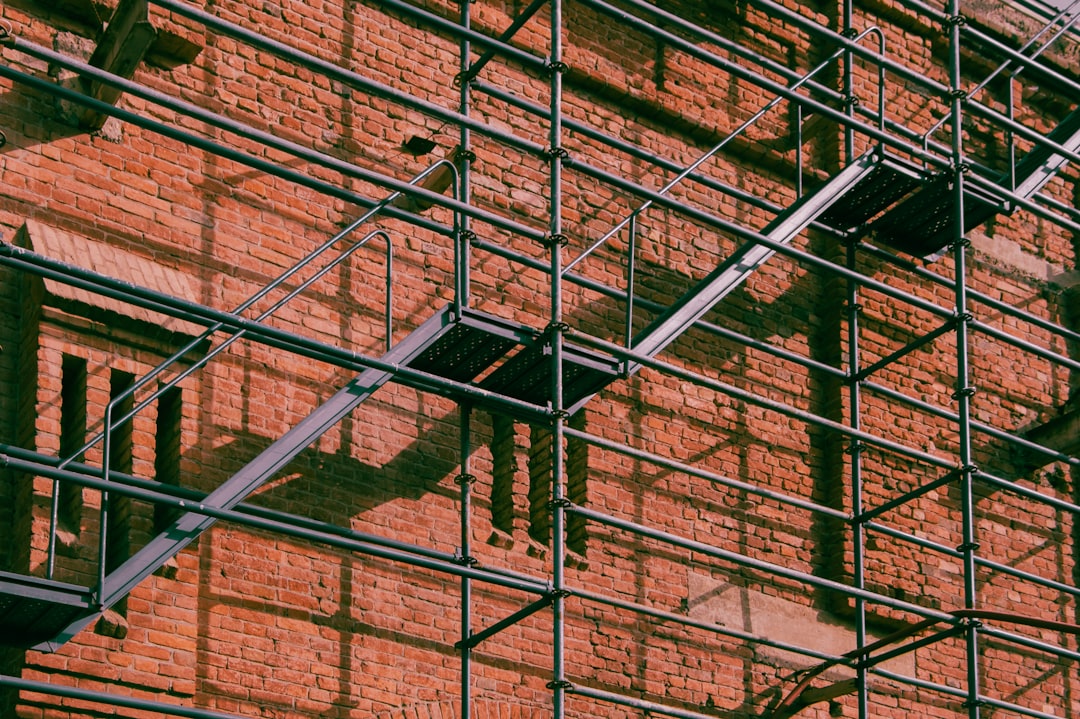
Framing wall costs can vary significantly based on several factors. On average, you can expect to pay between $3.50 and $5.25 per square foot for standard interior walls, while exterior load-bearing walls with sheathing can range from $6.75 to $9.25 per square foot. Steel stud walls in basements typically cost $4.25 to $6.50 per square foot. Understanding these costs is crucial for accurate budgeting and project planning.
Framing involves more than just assembling 2x4s. A comprehensive framing package includes:
Each of these elements is itemized in a CountBricks estimate, allowing for precise tracking and adjustments.
1. Material Choice
Dimensional lumber is the most common choice, but prices can fluctuate. Steel studs offer benefits in high-moisture areas but can increase costs by 10-30%. CountBricks provides real-time pricing comparisons.
2. Wall Height and Thickness
Standard 8-foot walls are cost-effective, but taller or thicker walls require more materials and labor.
3. Openings and Corners
Doors, windows, and corners add complexity and cost. CountBricks' AI can help visualize these impacts.
4. Local Labor Rates
Labor costs vary by location. CountBricks uses regional data to ensure accurate estimates.
5. Accessibility and Site Conditions
Site conditions can affect labor efficiency. Tight spaces or multiple levels can increase costs by 15-40%.
Based on recent data, here are some benchmarks:
These ranges include materials, labor, and standard fasteners. Additional features are itemized separately.
1. Input measurements and project details into the CountBricks app.
2. AI performs material takeoff and pricing updates.
3. Regional labor rates are applied.
4. Overhead and profit margins are calculated.
5. A detailed quote and schedule are generated.
Be aware of potential hidden costs such as temporary shoring, waste factors, and inspection re-work. CountBricks helps identify these early.
Consider strategies like ordering pre-cut kits, using advanced framing techniques, and coordinating layouts virtually to reduce costs.
Utilize CountBricks features like voice shortcuts, custom labor rates, and interactive quotes to streamline your process.
A 900 sq ft basement remodel included lumber framing at $5.05 per sq ft and steel framing at $6.20 per sq ft. Optimizations saved $840, keeping the project on budget.
Visit CountBricks.com for more information and to start your estimate today.

Labor productivity can significantly impact framing costs. CountBricks tracks crew performance to provide accurate estimates.
These benchmarks help set realistic expectations and budgets.
Logistics can affect costs. CountBricks allows for adjustments based on site conditions, ensuring accurate budgeting.
A townhouse project initially budgeted at $8.10 per sq ft was adjusted to $9.04 due to site constraints, preventing a $27,000 shortfall.
Focusing on labor efficiency helps turn framing into a predictable task.
Visit CountBricks.com to explore your options and get a tailored cost report.